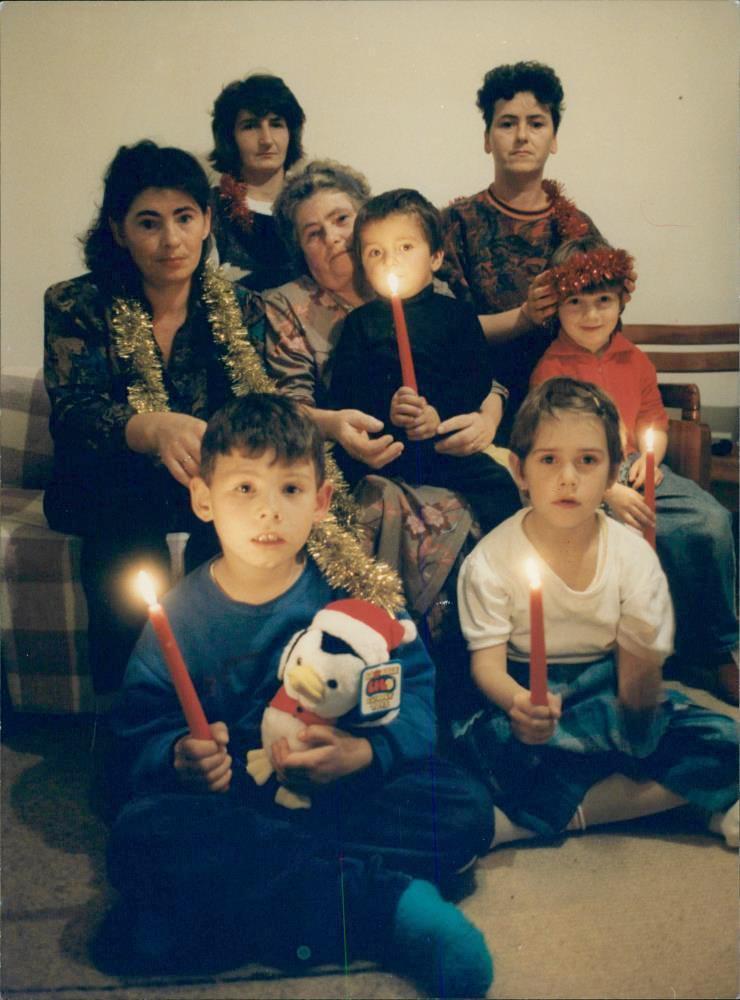
Figure 1.--Here we see Bosnia Christians at the beginning of the civil war (December 1992). |

|
Bosnia is the most religiously diverse country in the Balkans. There are Christians, Muslims, and atheists. Atheists as mentioned in Bosnian sources tends to refer to the non-religious members of the population, noy so much people who are strident atheists. Bosnia as part of the Roman Empire was Christianized along with the rest of the Empire (300s AD). When the Great Schism occured, Bosnian Christians split into Orthodox and Roman Catholics. The Ottomans brought Islam to the region, and altered much of the cultural and social outlook of the country (14th centuty). Most Christians in the Balkans during Ottoman rule resisted conversion. Substantial numbers of Bosnias, however, converted to Islam and there was an influk of Moslem migrants/refugees over time as aeslt of the turblent history of the Balkns. Over time Bosnia has experienced many wars that have affected changes in the religious composition. Islam became the major faith of Bosnians during the Ottoman era and has remained so to this day. Here ethnicity is a factor. The country is also split along ethnic lines. There were four principal ethnic/e=rekigious groups in Bosnia and Herzegovina: Bosniaks, Serbs, Croats, and Jews. The small Jewish community was murdered during World War II by the Gernans and their allies. The Bosniaks are primarily Muslim. erbs are mostly Eastern Orthodox Church and the Croats are mostly Roman Catholic.
Islam has the most adherents of all the different religions in Bosia. About half of Bosnians are Muslim.
The Balkans were a part of Christendom during most of the medievl era. Only with the rise of the Ottomans and their incrisons into the Balkas do Muslims appear in the Bosnia. Some people in the Balkans, inclusing Bosnia and Herzegovina converted. One author suggests that Bogomilism layed the foundation for Islam in Bosnia.
This was an important dualistic heresy that fond adherents in the area. It was stronly opposed by the Roman Catholic Church. Pope John XXII launched a Crusade (1325). The brutality of the Crusade imbittered many in Bosnia, leaving them receptive to conversion. It is also argued that the Bogomilian tradition had some similarities with Islam. They rejected the veneration of the Virgin Mary and repudiated the Cross as a religious symbol. And they saw bowing down before a religious images, relics, and saints as idolterous. [Arnold, pp. 198-200] As a result, after the Ottoman conquest (1463), there were many conversions. Generally speaking, Christians resisted conversion to Islam, except in Albania and Bosnia. Conversion seems to have been largely voluntary, although there is some debate on this among historians. And there were real advantages to being Muslim in Ottoman dominated Bosnia, but this dud not induce conversions in otherprts of th Blkans inckding Bulgaria, Greece. and Serbia. Muslims from other areas escaping wars migrated into the Bosnia and over time the Muslim poplation increased. As a result, by the times the Austrians seized control of the province (1909), Islam was the most professed faith. Most of the Muslims are ethnic Bosniaks.
Christians are a minority in Bosnia, albeit a substantul minority. Christians represent about 45 percent of the population, only slightly below the Muslim majority. Bosnia was a part of the Roman Empire and was Christianized (300s AD). Even before the fall of Rome, differences had begun to develop between the Eastern and Western churches. After Rome fell these differences gradually grew in significance and the Pope in Rome increasingly lost authority over the eastern churches to Patriarch of Constantinople. When the final break came in the 11th century, there were already in practice two separate churches. The formal schism came when Pope Leo IX took the extrodinary actioin of excommunucating Michael Caerularuius who was the patriarch of Constantinople and by extension the entire Eastern Church (1054). The Christian minority was thus split between Eastern Orthodox and Roman Catholics. The two denominations follow largely ethnic lines. Eastern Orthodox Christianity is the largest ofthe Christian denominations. When the Ottomans conquered the Kingdom of Bosnia (1463), there were major relgious consequences. Unlike the Christians, the Ottomans had a tradtion of religious tolerance--not in the modern sence, but impressive for the day. The Ottomans had more experience with the Orthodox Church. Sultan Mehmed promised to protect Orthodox Christianity. Thus the Orthodox Church experienced some favorable treatment. The Ottomans also brought Orthodox Christians into Bosnia from other Balkans areas they had conquered. Orthodox Christians curently constitute about 30 percent of the Bosnian population and are mostly Serbs. The other major Christian denomination is Roman Catholics. One author estimates that there were only about 50,000 Catholics in Bosnia during the Ottoman era. Many Roman Catholics Othodoc Christians fled Ottoman controlled Bosnia, seeking refuge in Croatia controled by Hungary and Slovenia controlled by Austria. In modern Bosnia, the Roman Catholics are about 15 opercent of the poplation, mostly Croats. After the Ottomans were well establishd in Bosina, the Proteant Reformation began in Germany (1517). Protestantism made no advance in the contry, however, until the fall of Communism 1989) and is still a very small minority.
A very small part of the population identifies themselves as non-religious or atheist probably less than 5 percent of the population.
Arnold, Thomas W. The preaching of Islam: a history of the propagation of the Muslim faith (Constable & Company: 1913).
Navigate the Boys' Historical Clothing Web Site:
[Return to the Main Bosnian page]
[Return to the Main European country page]
[Return to the Main European country religious tradiions]
[Introduction]
[Activities]
[Biographies]
[Chronology]
[Clothing styles]
[Countries]
[Topics]
[Bibliographies]
[Contributions]
[FAQs]
[Glossaries]
[Images]
[Links]
[Registration]
[Tools]
[Boys' Clothing Home]
